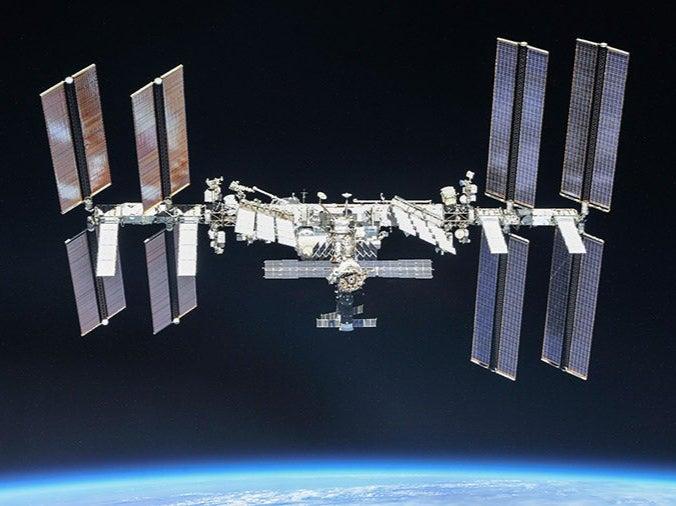Cracks discovered on International Space Station prompt fears for astronauts’ safety
Fissures on 23-year-old ISS segment could be start of ‘avalanche’ of issues, official warns

Your support helps us to tell the story
From reproductive rights to climate change to Big Tech, The Independent is on the ground when the story is developing. Whether it's investigating the financials of Elon Musk's pro-Trump PAC or producing our latest documentary, 'The A Word', which shines a light on the American women fighting for reproductive rights, we know how important it is to parse out the facts from the messaging.
At such a critical moment in US history, we need reporters on the ground. Your donation allows us to keep sending journalists to speak to both sides of the story.
The Independent is trusted by Americans across the entire political spectrum. And unlike many other quality news outlets, we choose not to lock Americans out of our reporting and analysis with paywalls. We believe quality journalism should be available to everyone, paid for by those who can afford it.
Your support makes all the difference.Russian cosmonauts have discovered small cracks in a module on the International Space Station (ISS), leading to fears that they could widen and cause air leaks.
“Superficial fissures have been found in some places on the Zarya module,” Vladimir Solovyov, chief engineer at Russian rocket firm Energia, told RIA news agency, Reuters reported.
“This is bad and suggests that the fissures will begin to spread over time.”
The Zarya module is the oldest part of the space station, having been the first piece to reach orbit in November 1998.
Also known as the Functional Cargo Block (FCB/FGB), the segment is part of the Russian section of the ISS and is primarily used for storage.
Mr Solovyov previously said that an “avalanche” of issues could beset the ISS from 2025 due to ageing equipment breaking.
Russian space agency Roscosmos is currently contracted to remain with the ISS until 2024.
Previous cracks on the ISS have led to air leaks and even pressure drops within modules, and therefore require urgent action to repair them.
In September 2019, a small air leak was discovered coming from cracks in the Russian Zvezda module, which has caused persistent problems ever since despite several efforts by cosmonauts to repair them.
A mysterious hole also appeared on the outside of the ISS in December 2018, leading to a leak that caused pressure in the floating lab to drop.
It is still yet to be established how the hole got there, with some experts saying it came from human error on the ground, while one Russian official claimed it was the result of intentional sabotage on the part of a Nasa astronaut. Nasa has described this charge as baseless.
Join our commenting forum
Join thought-provoking conversations, follow other Independent readers and see their replies
Comments